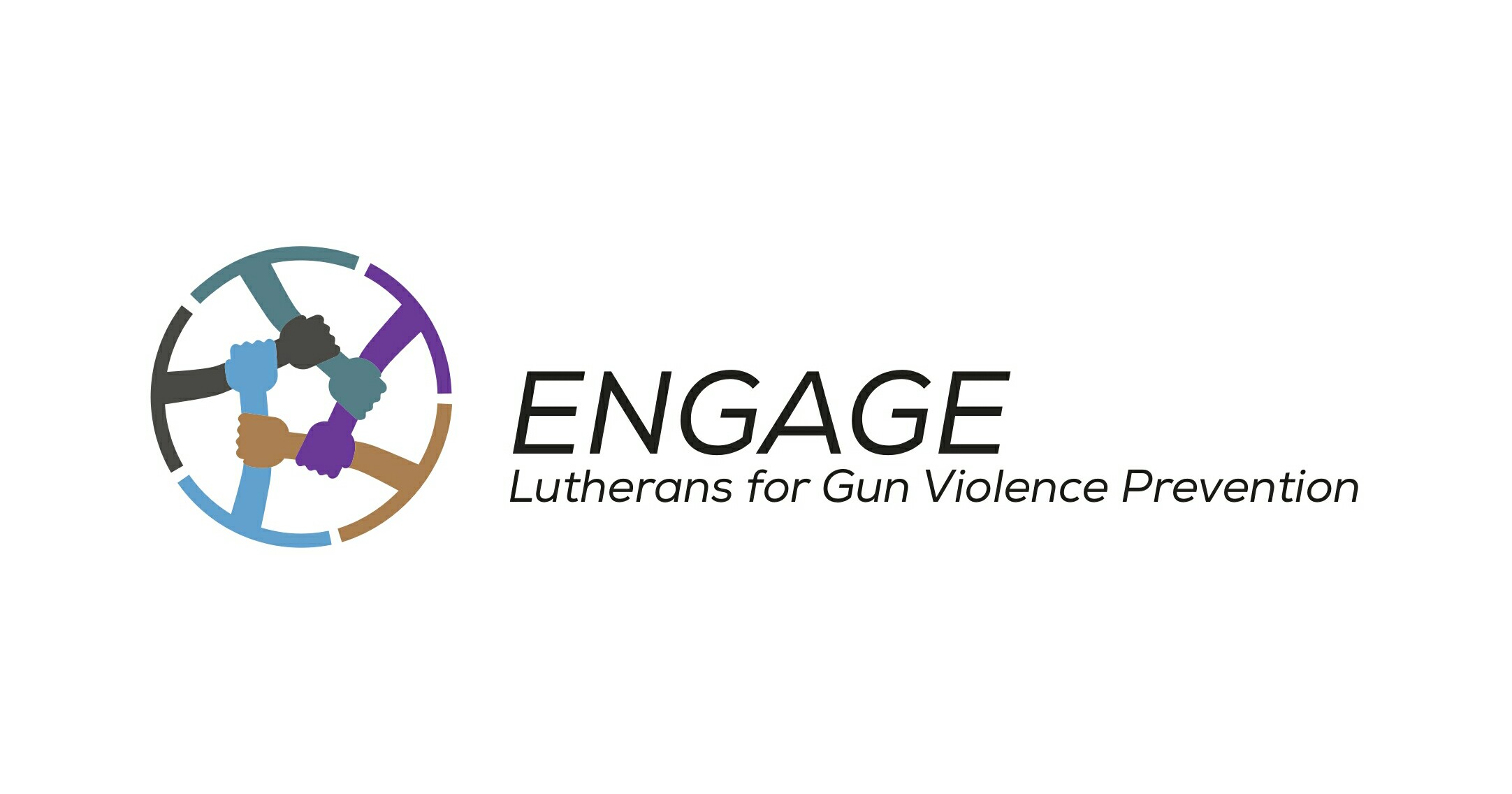GUN VIOLENCE PREVENTION KEYS
Playing football and running track required strategies to provide maximum opportunity for success. In football, a “flip right” or a “cross buck” at the right time, or in track, sprinting the first 100 yards, striding and holding for the next 200, then running full-out for the final 100 usually brought desired results in the 400 meters. In both cases, strategy was important.
The same with addressing gun violence prevention (GVP). I suggest a three point strategy: 1) Biblical-Ecclesial-Confessional; 2) Fact-based; 3) Action-advocacy. I will address the first in three separate commentaries and then move on to the other two.
First, the Biblical strategy. Scripture moves from nonviolence in the Creation narrative to violence in the Egyptian enslavement, to violence in the settlement of Canaan, inter-tribal warfare and defensive actions against non-Jewish forces. The prophets revealed problems of disobedience and injustice within the Jewish community which took a toll on the Jewish people, who then called for a deliverance, a transformation, and a Messianic figure. The movement was from nonviolence to violence contrary to God’s will, and then to the call for a transformation back to nonviolence and justice.
Jesus, the Son of God, was God’s response to weapon violence. Jesus came to remind people what it meant to be created in God’s Image, what it meant to be a human being. Nonviolence was his prime ethic. And so it was with Paul when he wrote of the Holy Spirit. In both persons, the use of weapons was either not allowed or restricted or reserved to the state for the sake of good order. There is no example of Jesus carrying a weapon. Jesus’ words about weapon use were: “Enough!”, “No more of this!”, “Those who live by the sword shall die by the sword.”, “Would that you knew the things that make for peace.”, and “Blessed are the peacemakers, for they shall be called the children of God.” Jesus’ words were restrictive and prohibitive.
Consistently, it was the government that used weapons for what it deemed “just” action. Individual weapon action was consistently mentioned only for murder. To be fair, it appears people were allowed to carry a weapon, presumably for eating and protection, even Jesus’ disciples. “Open carry” seems to have been allowed.
However, what is also clear, weapon violence by individuals was not condoned and was restrictive. To be a follower of Jesus was to live and act in love, not in violence. Love in the context of weapons was restrictive. What this means for us today is that it is right and proper for us as the faithful to insist on common sense restrictive laws for gun violence prevention.
